The seven most iconic Rolls-Royce Phantoms
From the Aga Khan's bespoke vehicle to John Lennon's psychedelic saloon, the iconic car has stopped the traffic
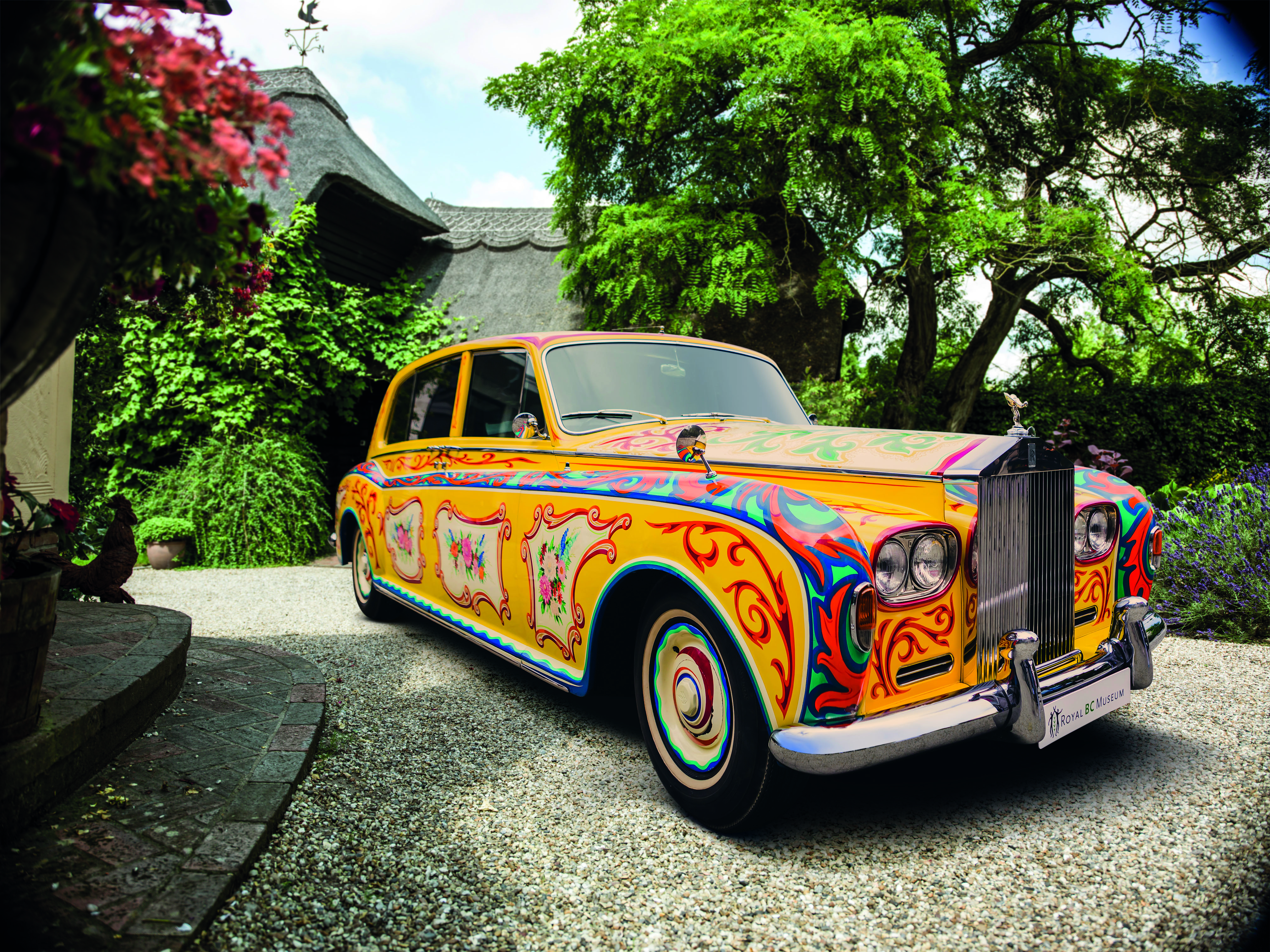
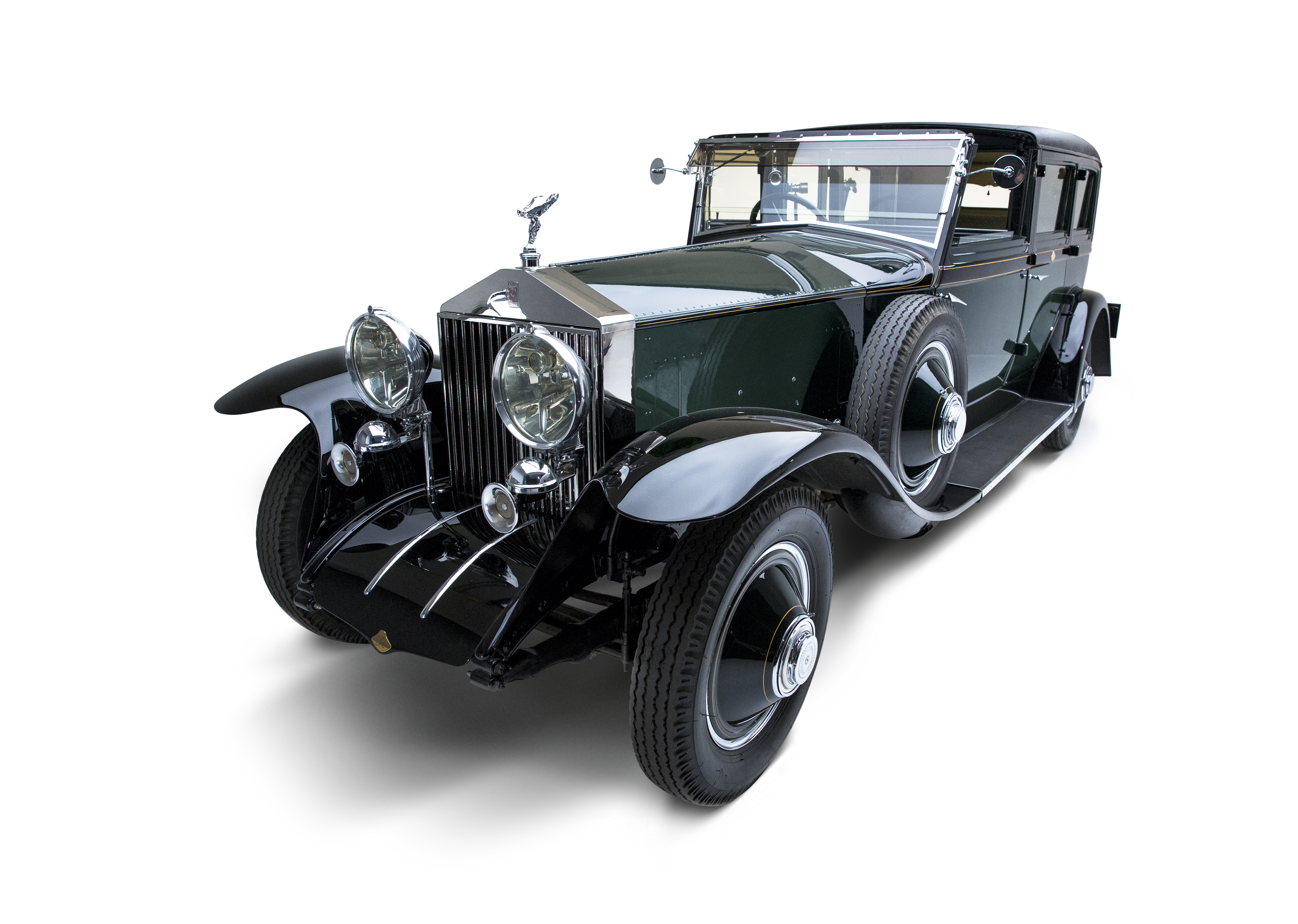
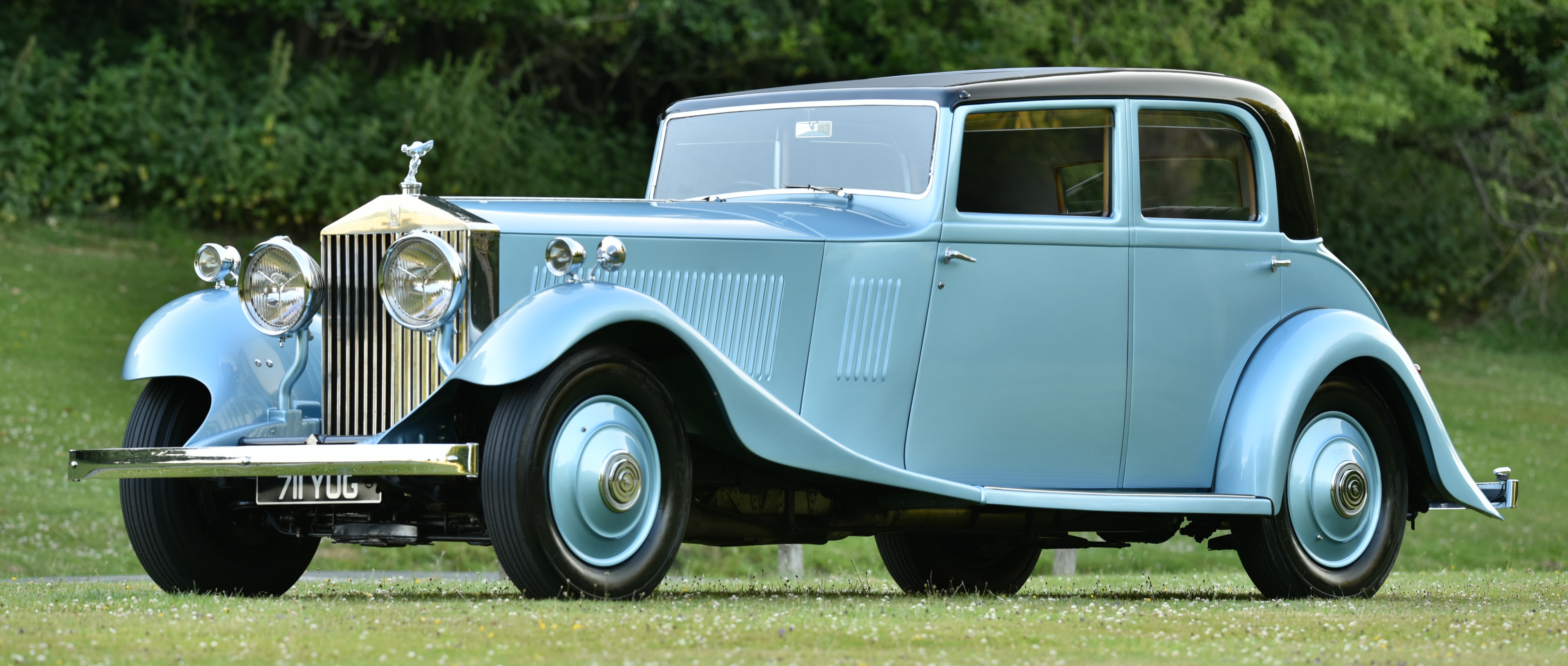
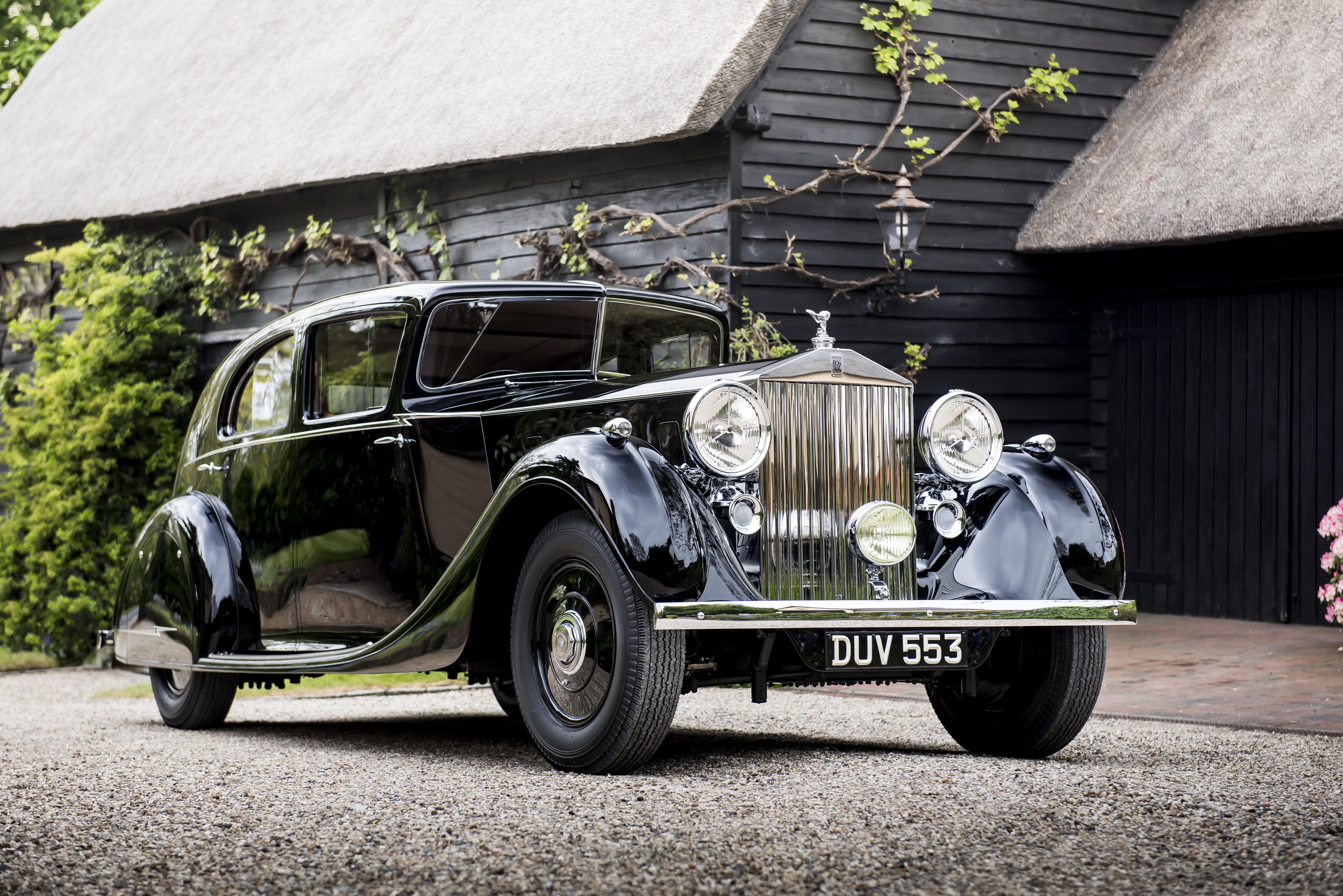
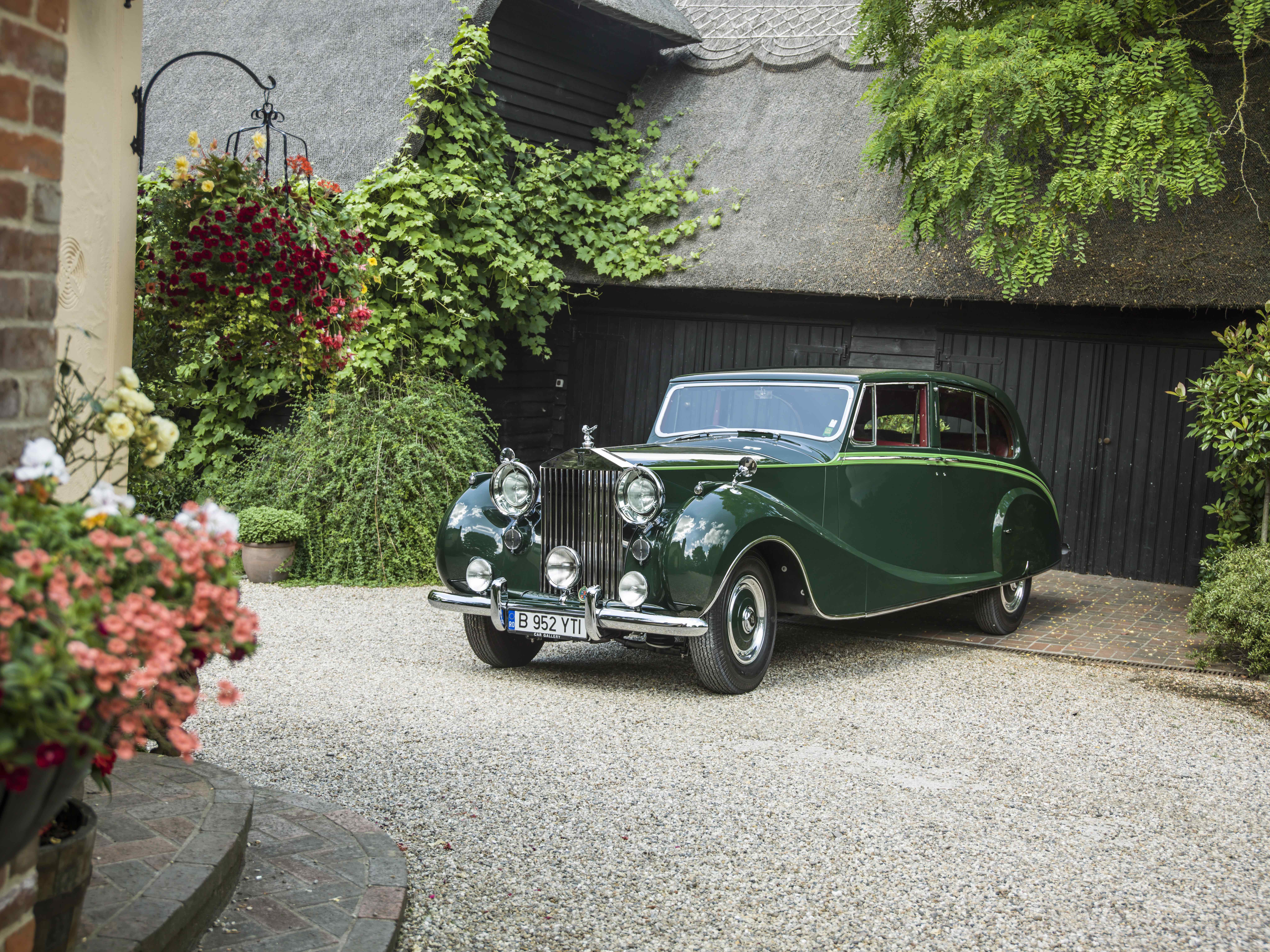
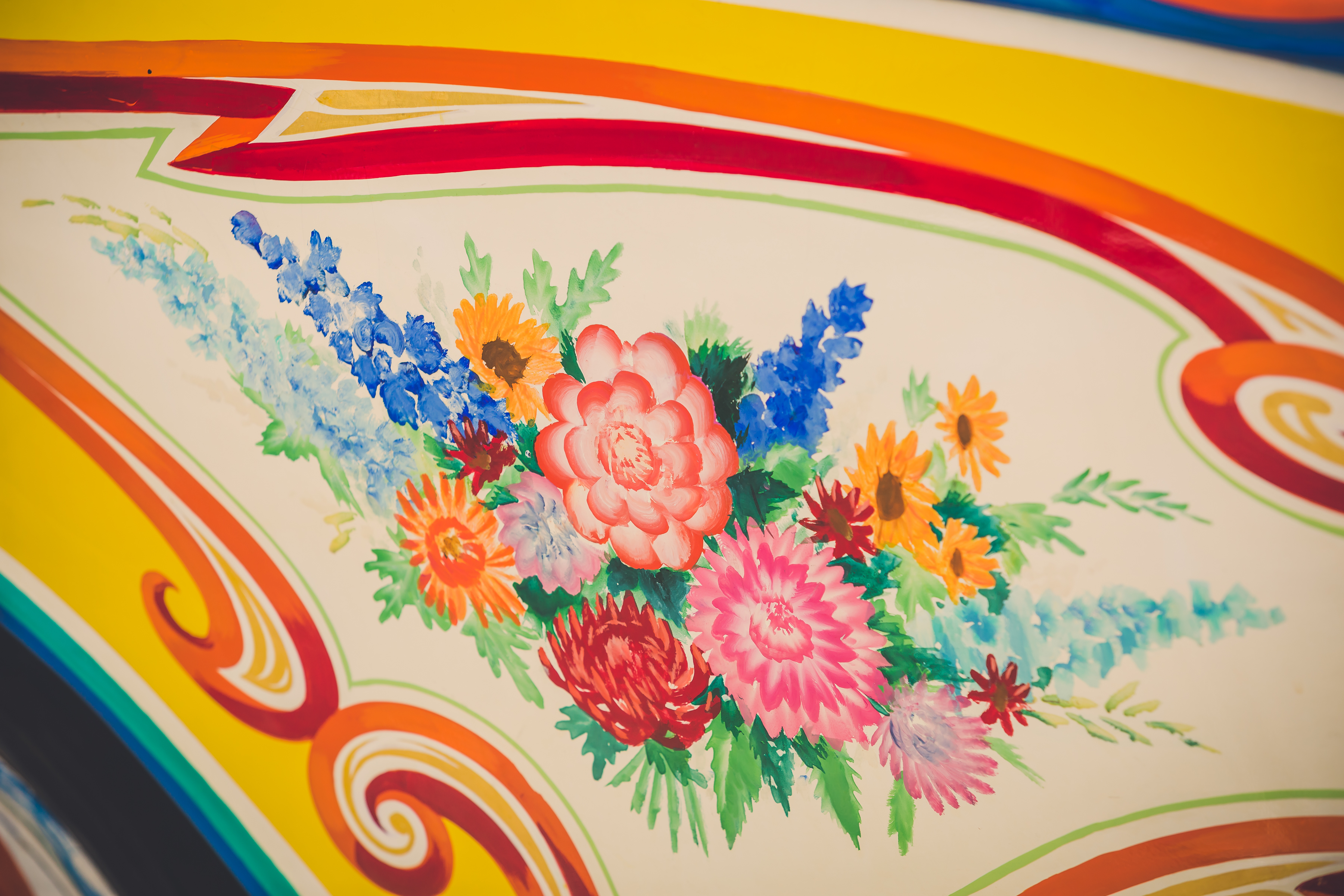
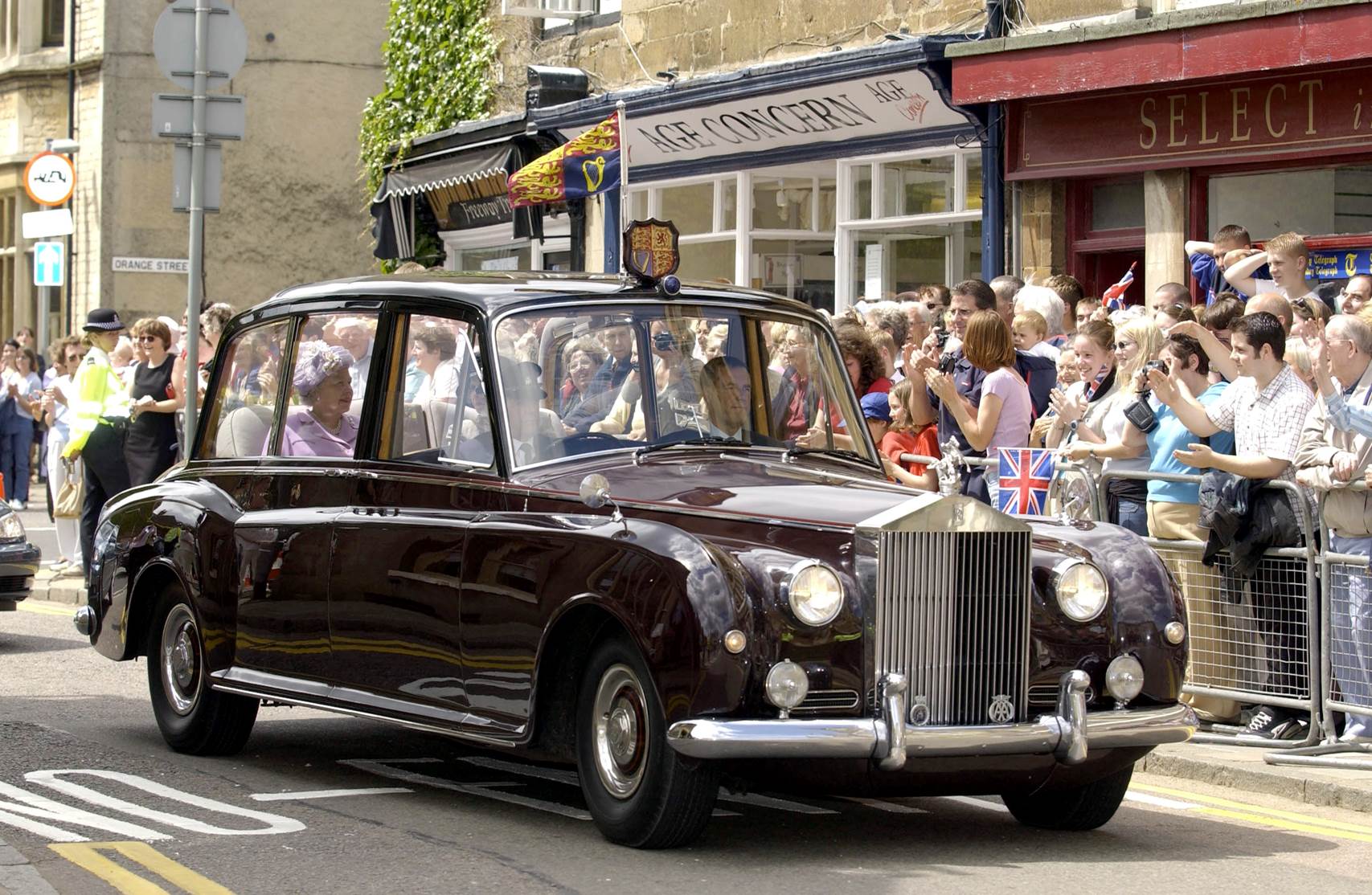
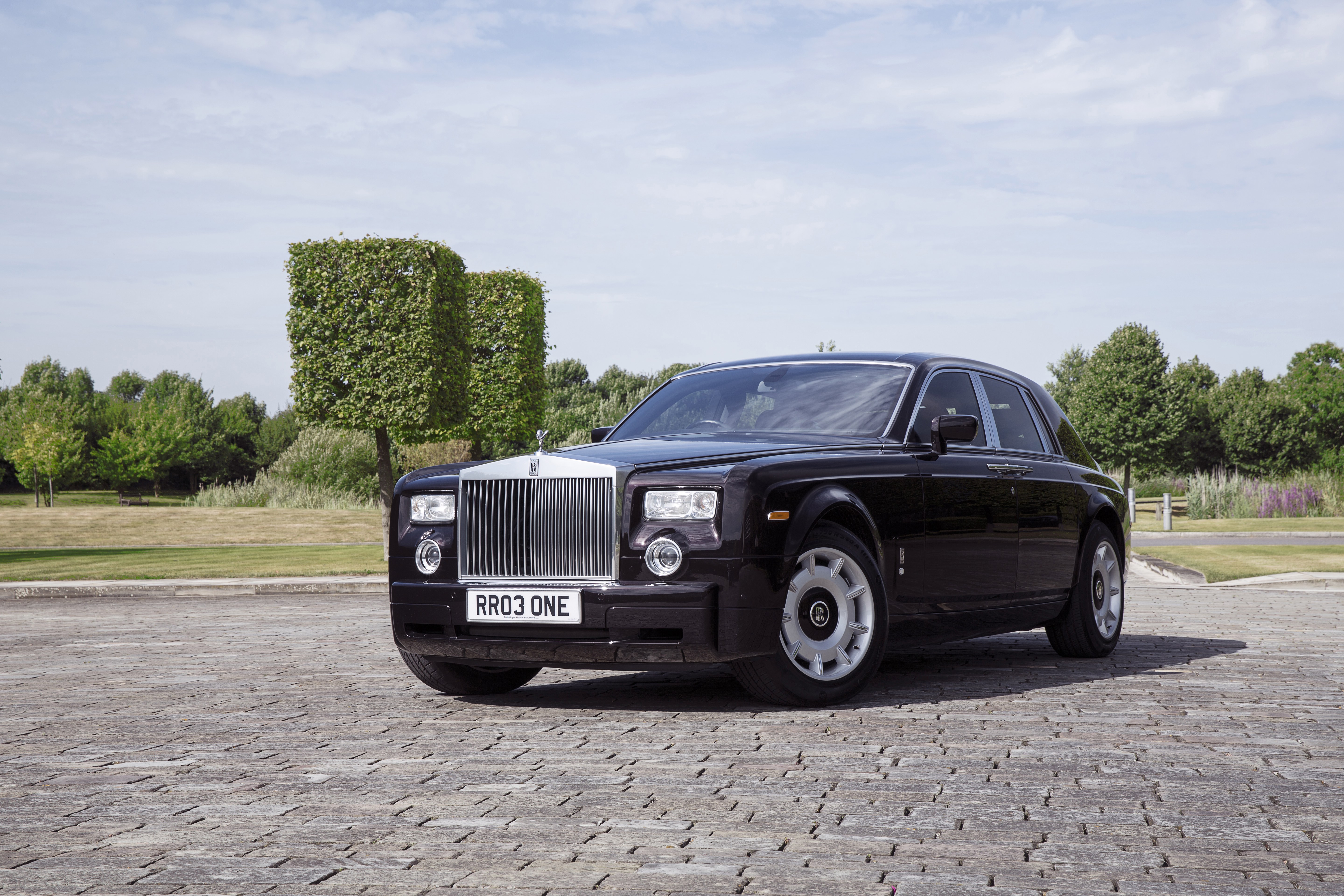
The eight-generation Rolls-Royce Phantom has finally made its world debut, 14 years after its predecessor first rolled out.
Rolls launched its new car at a glitzy event event in Mayfair, unveiling it alongside seven other iconic Phantoms from every era of its 92-year history.
Each has its own story, from tailor-made vehicles for royalty to custom designs that still continue to split opinion.
The Week
Escape your echo chamber. Get the facts behind the news, plus analysis from multiple perspectives.

Sign up for The Week's Free Newsletters
From our morning news briefing to a weekly Good News Newsletter, get the best of The Week delivered directly to your inbox.
From our morning news briefing to a weekly Good News Newsletter, get the best of The Week delivered directly to your inbox.
1927 - Fred Astaire’s Phantom I

One of the earliest coachbuilt examples of the first-generation Phantom was commissioned by Hollywood star Fred Astaire. The Hooper design was finished in dark green with black stripes and gold pin striping. It also sports green leather seats, as well as a classic Louis Vuitton trunk behind the cabin.
Inside, a "speaking tube" allowed Astaire to communicate with the driver, says Cnet.
1933 - Sir Malcolm Campbell’s Phantom II Continental
A free daily email with the biggest news stories of the day – and the best features from TheWeek.com

The Phantom II Continental was a special, short-wheelbase edition with stiffer leaf springs for a sportier alternative.
This particular Rolls was owned by racing driver Sir Malcolm Campbell. Designed by Barker coachbuilders, it features a selection of bespoke modifications, such as a radio, spotlight and a sports exhaust to mimic the sound of Campbell's land-speed record-breaking car the Blue Bird.
1936 - Field Marshal Montgomery’s Phantom III

Field Marshal Montgomery needed a vehicle during World War II that could reliably and comfortably transport leading figures such as Winston Churchill and George VI between meetings.
His opted for a Rolls-Royce Phantom III Butler, a limited-edition saloon designed by HJ Mulliner of Chiswick featuring a sloping windscreen and a swept tail. The design served a purpose, too, as it was 15 per cent more aerodynamically efficient than the regular third-generation saloon.
1952 - The Aga Khan's Phantom IV

Known for blending his jetset lifestyle as a racehorse owner while leading the Nizari Ismaili Muslim community, the The Aga Khan was one of just 18 heads of state to commission a Rolls-Royce in Phantom IV - making it an incredibly rare vehicle.
His personal fourth-generation saloon was designed by coachbuilder Hooper and featured unique additions such as adjustable mirrors and a full picnic set. These were, along with the doors and a concealed silver brush, engraved with the Aga Khan III's crest.
1965 - John Lennon’s Phantom V

It's possibly one of the most iconic Rolls-Royces of all time, particularly as its psychedelic paintwork is a real opinion divider.
John Lennon took delivery of his Phantom V in 1965. It was originally black, but he asked coachbuilder JP Fallon to radically change the paintwork and debuted the car days before the release of Sgt Pepper's Lonely Hearts Club Band - the saloon's psychedelic paint job (pictured above) reflecting the colourful album cover.
In true rockstar fashion, Lennon equipped his fifth-generation Phantom with a refrigerator and swapped the rear seats for a bed. He also fitted in a floating record player and a bespoke sound system.
1977 - The Queen's Phantom VI

The Queen was given a Phantom VI as a gift for her Silver Jubilee, with Rolls-Royce custom-making it for better comfort and tougher security.
The model was a State Limousine, which came with a higher roofline and stronger windows to allow onlookers a better glimpse at the Queen and her passengers. More recently, it was used to take Kate Middleton to her wedding.
2003 - Phantom VII Goodwood

Rolls-Royce underwent a complete overhaul in the late 1990s after German automaker BMW acquired the license to use the company's name. In 2003, it opened its major manufacturing plant at Goodwood and started production on the seventh-generation Phantom.
The first one to roll off the production line, the Phantom Goodwood, underwent a 4,500-mile reliability test in Australia and only the Spirit of Ecstasy bonnet ornament mechanism failed during a dust storm.
This version spawned the smaller Ghost and the Wraith coupe, as well as drop-top variants on all models.
-
 Test driving the Rolls-Royce Ghost Series II
Test driving the Rolls-Royce Ghost Series IIThe Week Recommends The luxurious classic has been given a subtle but meaningful revamp
-
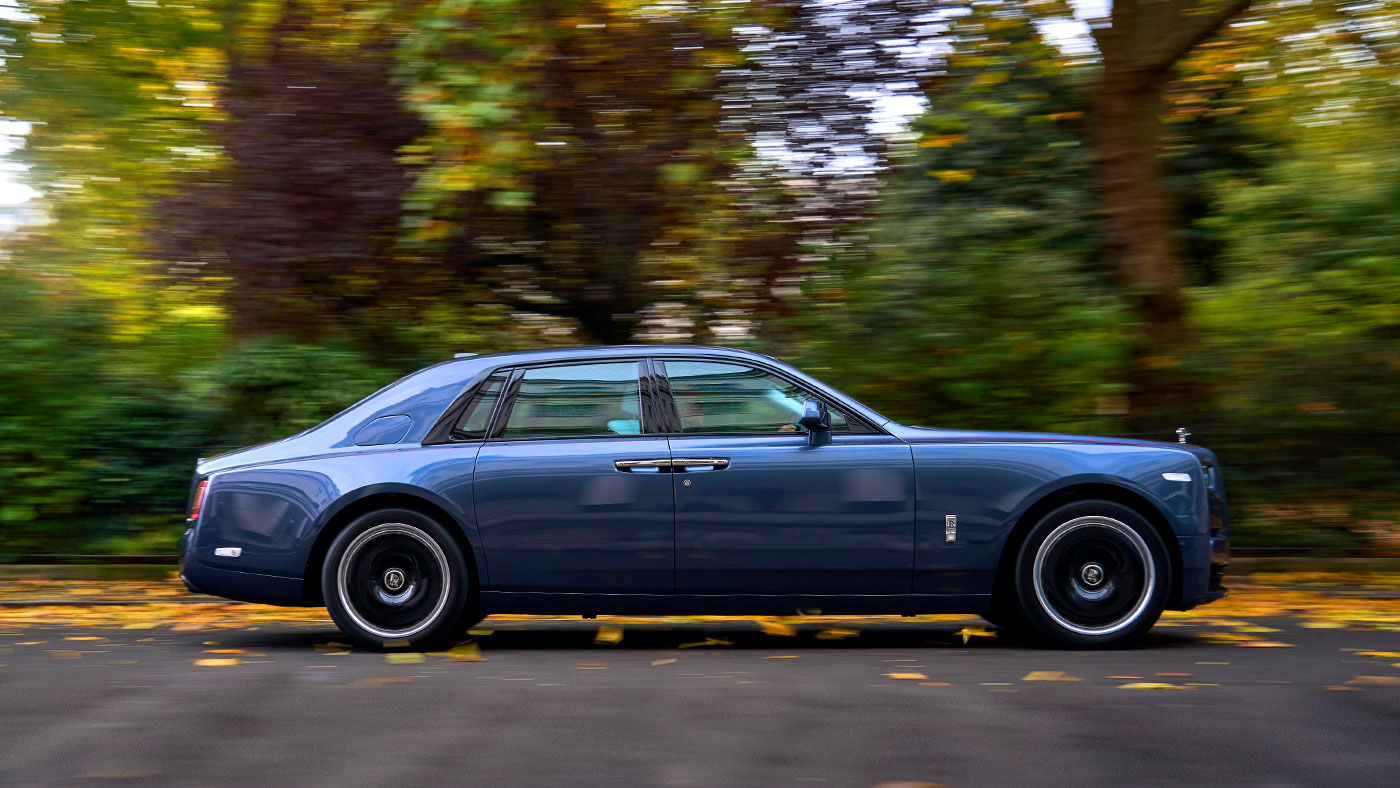 Rolls-Royce Phantom II: the luxury of choice
Rolls-Royce Phantom II: the luxury of choiceThe Week Recommends Highly customised interiors – some of them years in the making – are stoking demand for the last petrol-powered Rolls-Royce
-
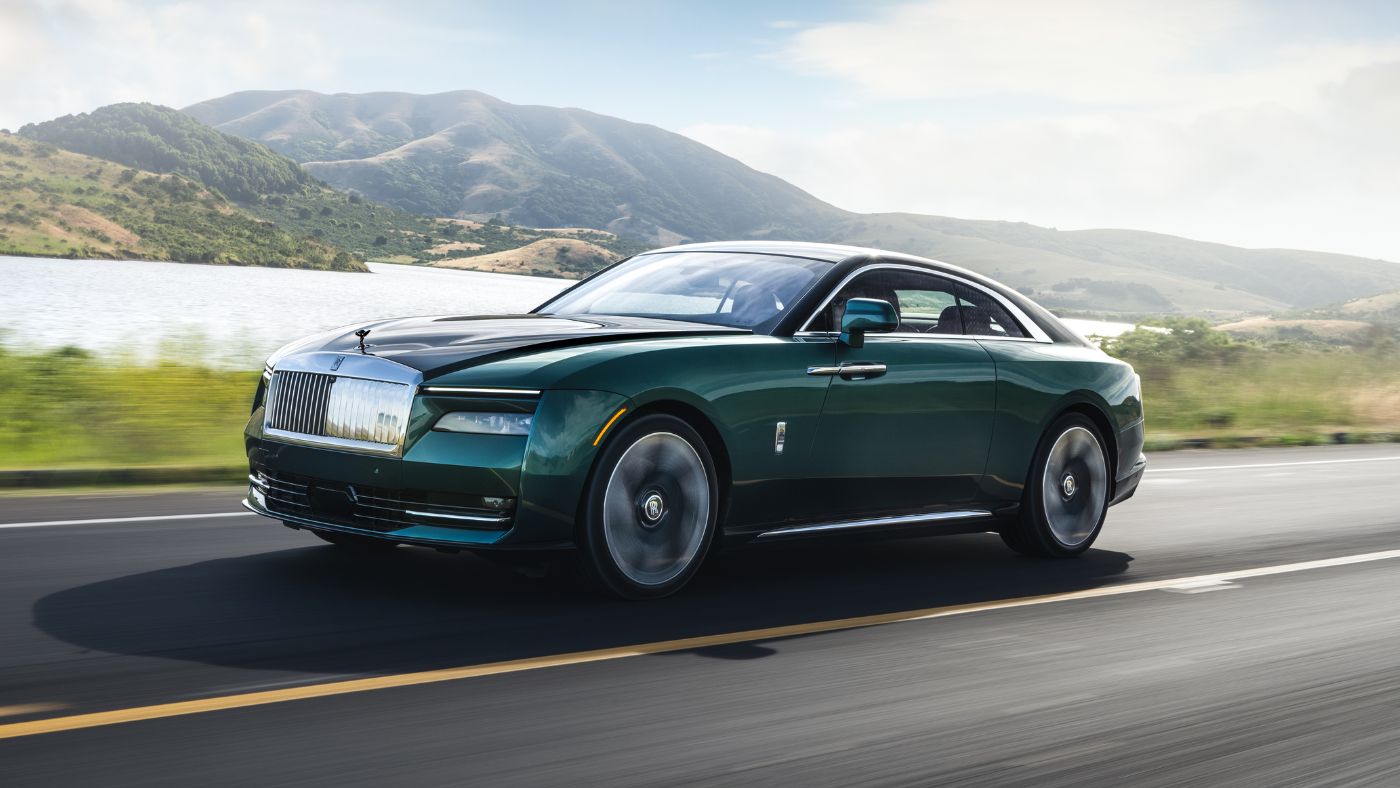 Rolls-Royce Spectre review: an ultra-luxury all-electric super coupé
Rolls-Royce Spectre review: an ultra-luxury all-electric super coupéThe Week Recommends We get behind the wheel of the new Spectre at a first drive event in California
-
 Black Badge Ghost review: Rolls-Royce embraces the dark side
Black Badge Ghost review: Rolls-Royce embraces the dark sideThe Week Recommends The Black Badge series is a sportier reinvention of the stately Roller
-
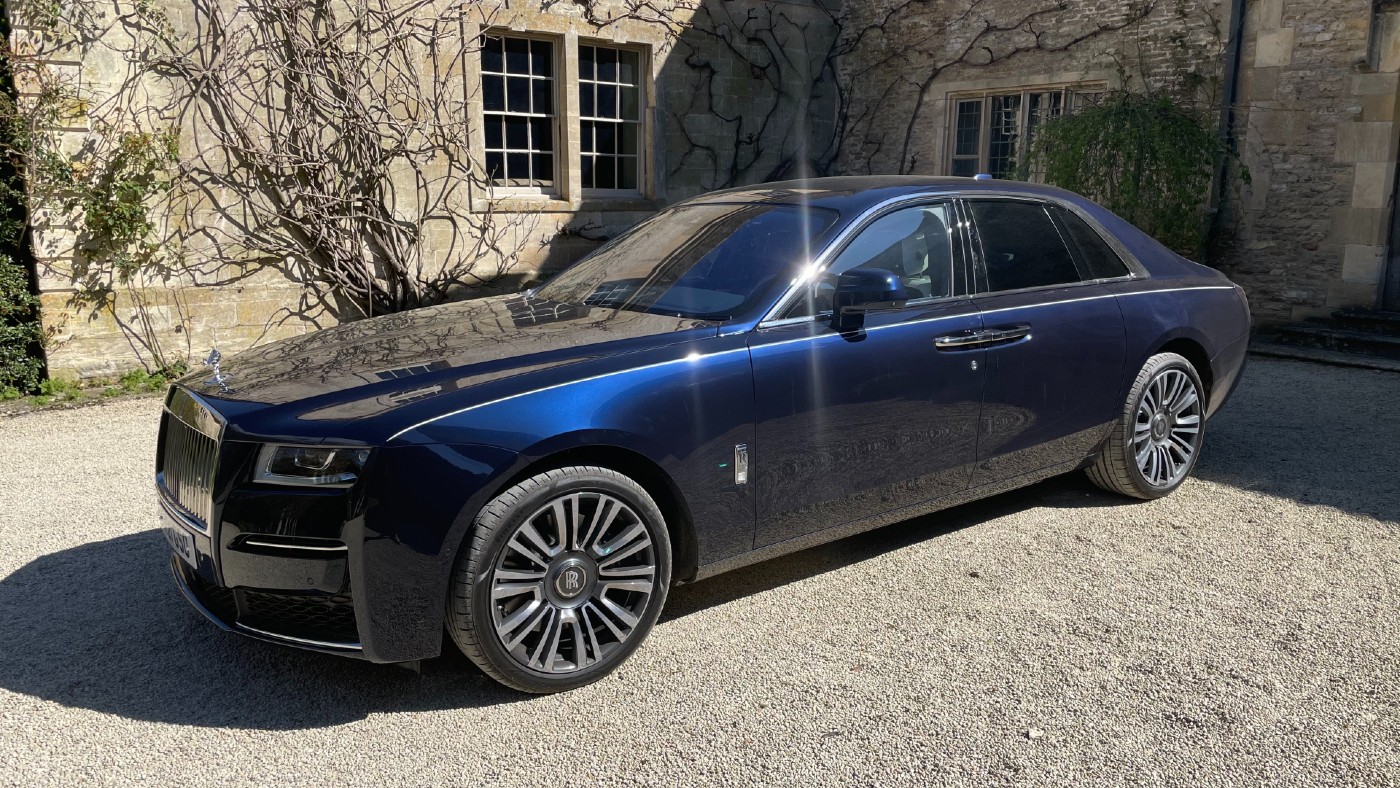 New Rolls-Royce Ghost test drive: take a luxurious magic carpet ride
New Rolls-Royce Ghost test drive: take a luxurious magic carpet rideThe Week Recommends British marque has raised the bar with this remodelled version
-
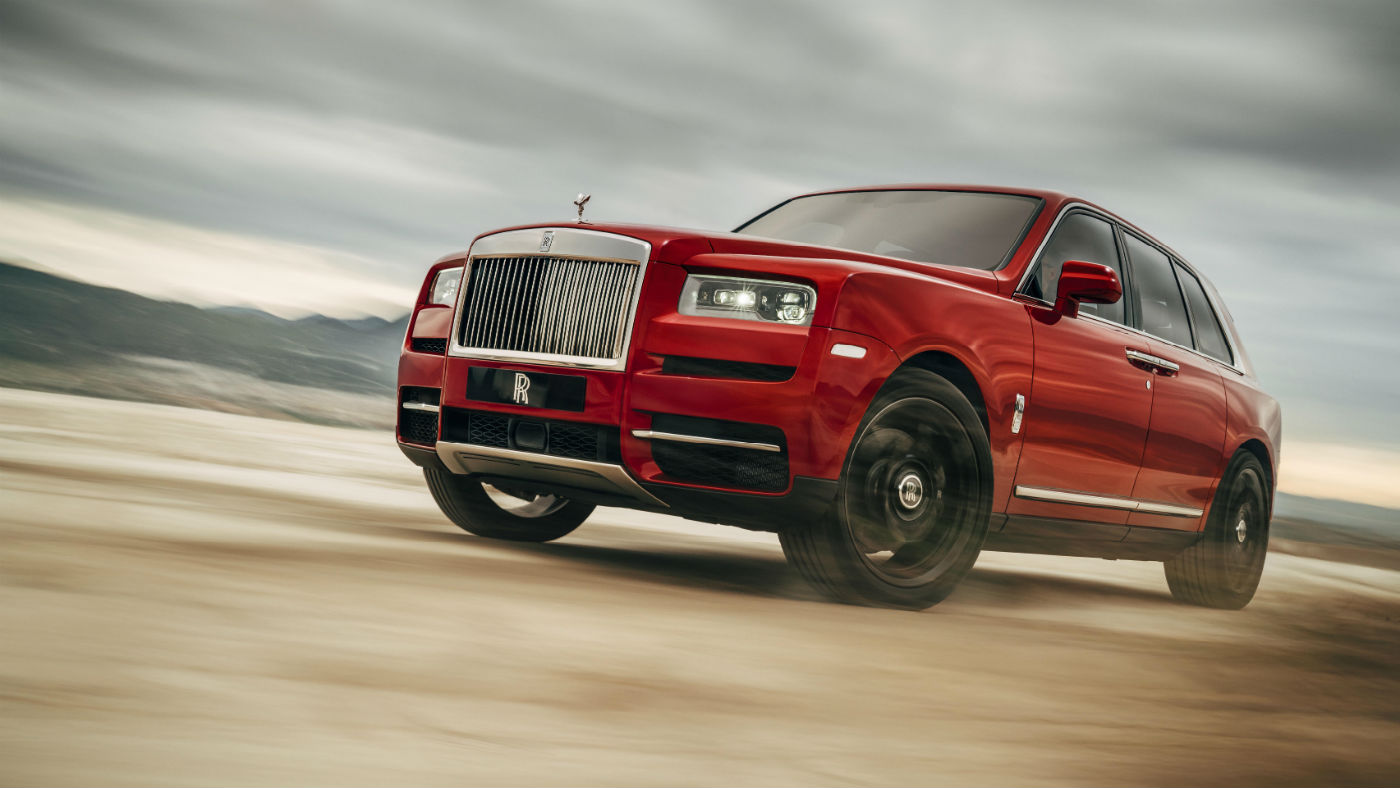 Rolls-Royce Cullinan review: the bar is raised for luxury SUVs
Rolls-Royce Cullinan review: the bar is raised for luxury SUVsThe Week Recommends The V12 engine-powered new model starts at a hefty £272,000
-
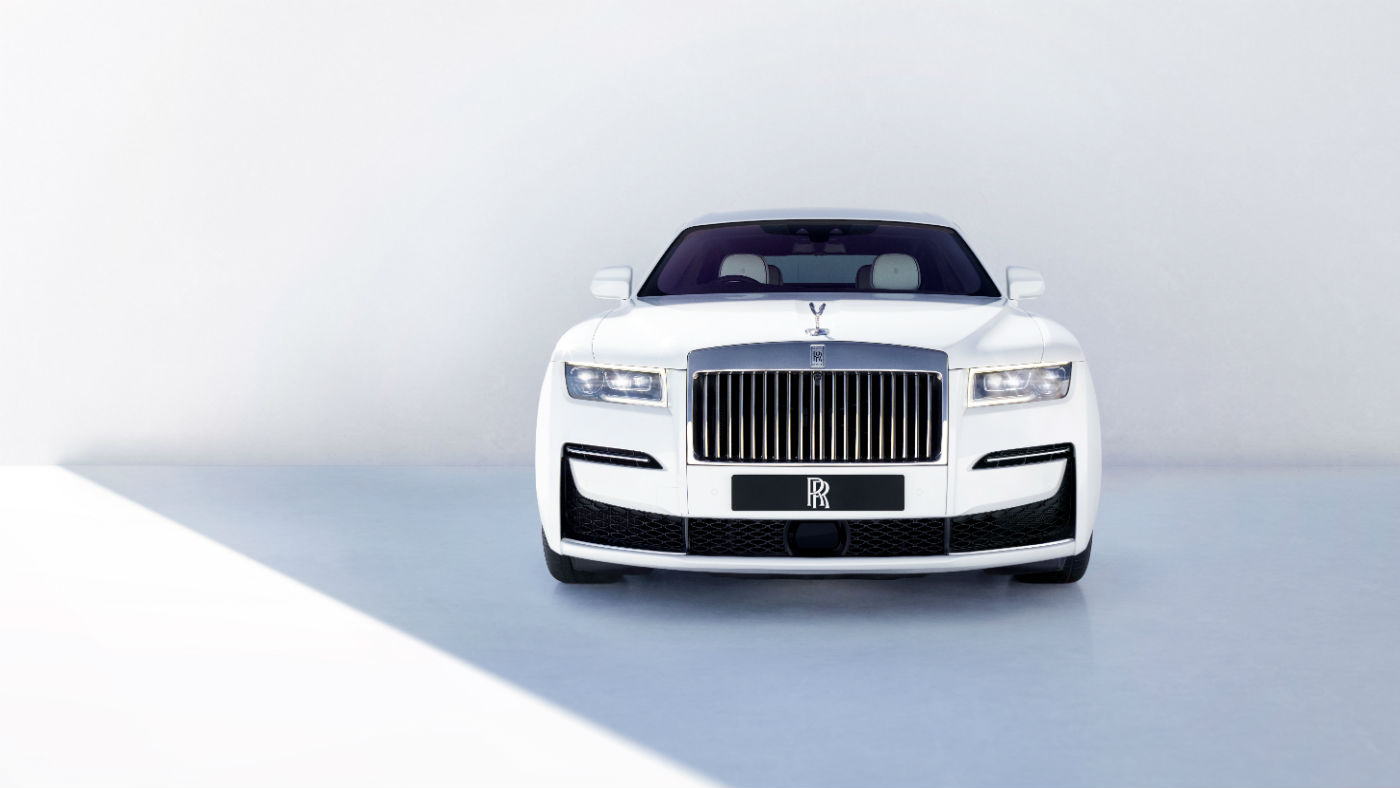 New Rolls-Royce Ghost: introducing the minimalist Roller
New Rolls-Royce Ghost: introducing the minimalist RollerSpeed Read Take a look at the British carmaker’s ‘post-opulent’ but most technologically advanced model yet
-
 Rolls-Royce Muse: where the automotive and art realms come together
Rolls-Royce Muse: where the automotive and art realms come togetherIn Depth Revamped Art Programme challenges artists to think outside the box

